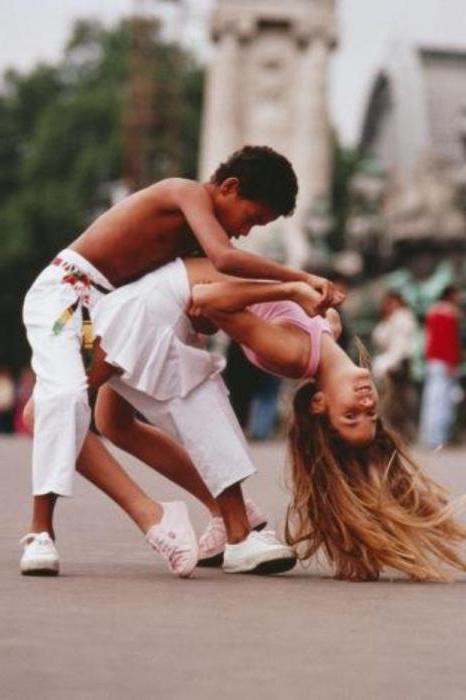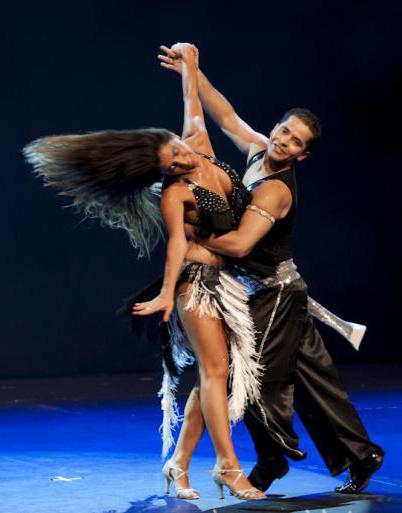Perhaps there is no person who would not know what a lambada is. This rhythmic dance appeared in Brazil, Para. At first, people had mixed opinions about him. They did not want to accept the musical style because of inappropriate eroticism in movements. But over time, these prejudices departed. Young people gave in to an exciting melody with fiery rhythmic dances, where the pair obeyed a loud, clear accompaniment, but sophistication and tenderness still remained even at a fast pace. Today, the Lambada dance is a great opportunity to relieve stress, improve overall well-being, and get positive energy.
History
About 30 years ago, a lambada sounded in every disco club. This musical whirlwind captured millions of people. The history of Lambada dance began in the state of Para, in Brazil. At one of the holidays, a young couple decided to show an innovation in the Brazilian style. No one at that time had any idea what a lambada was, what it was fraught with, and how it could conquer millions in the future. Young people looked at the dance and tried to conquer it, and the older generation found such a dance unnecessarily uninhibited. Such experiments were secretly forbidden to people and the lambada was studied separately, in closed clubs. And after a few years, hundreds of dancers were able to reveal themselves and declare a novelty in the world of dance.

The very word "lambada" of Portuguese origin, means "contact." Brazil, on the other hand, interpreted the term as a designation of the music they liked - hit or hit. This dance in itself contained many styles, including Indian, Amazonian movements and motifs - carimbo, forro and matchish. In the first case, the lambada received sensuality, rotational light movements of the lower part of the body, for this even special skirts were worn. Matchish gave the Lambada also many unique movements. Because of this introduction of dance, until the 20th century, matchish was banned, and the lambada was only considered an innovation that came out on the basis of erotic dances.
Metric Version
Metrics carry the modern lambada to the distant Porto Segura, located near the Atlantic Ocean, also in Brazil, Bahia. In the 80s, a producer from France, Olivier Lamot, arrived in this city with his team, he wanted to see the local carnival for the summer holiday.

The man was struck by melodies and rhythms, although he did not know what a lambada was like a dance, upon his return, he created the musical group “Kaoma” with black Hispanics. The enterprising Frenchman wrote a song in honor of the Lambada dance, where a Bolivian melody and text was used. The producer even sued for violating the copyright of another country. By court decision, the words from the song were to be removed, but the incendiary melody could be left. And this melody continued to gain fans around the world. Then she again flew to the inhabitants of Brazil, who changed their mind about the prohibitions on movements. If you dance it in pairs, it looks beautiful, harmonious. But many can try independent and even group dance.
What is a lambada?
Lambada is a pair dance, the idea of which was returning to youth, relieving fatigue and unbridled dance. Dance with a musical size - 4/4, pace - 70 beats per minute. The first clock beat looks slow with smooth movements, the next ones accelerate, become more rhythmic. Lambada can dance on the spot, and can have moving movements: in a circle, past other participants throughout the dance. They learn the movements of this style for a long time, as this is a mixture of the rhythms of several peoples: meringue, samba, forro, carimbo. Basically, the dance should have constant rotational movements of the lower body, resembles an infinity sign. The sequence of figures does not have clear limitations; it can be scattered. Usually women put on fluffy sundresses or skirts, the more flounces, the more spectacular it looks.
What lambada dance performed?
The first movements of the partner are made with the right foot, and the partner - with the left. The figure at the end should change the legs of partners. The inner sides of the legs of both dancers throughout the dance are clearly controlled, as are the hips.
The partner is allowed to take a step completely in the foot, and the partner must dance, leaning on her socks, but not standing on the foot, for sharp turns, the girl's legs should be more straight. There are few supports in the dance , mostly just touches.
Lambada today
Hollywood films show the dance from a more intimate side, but all people could dance it, regardless of age and gender. This incendiary dance is able to subdue any person with its grace and simultaneous sharpness. Lambada has long attracted a large number of people, so many stories were around, the authenticity of which can hardly be verified.
Today, the lambada is actively studied and mastered in dance schools. The Lambada dance movement fully reveals Brazilian culture.